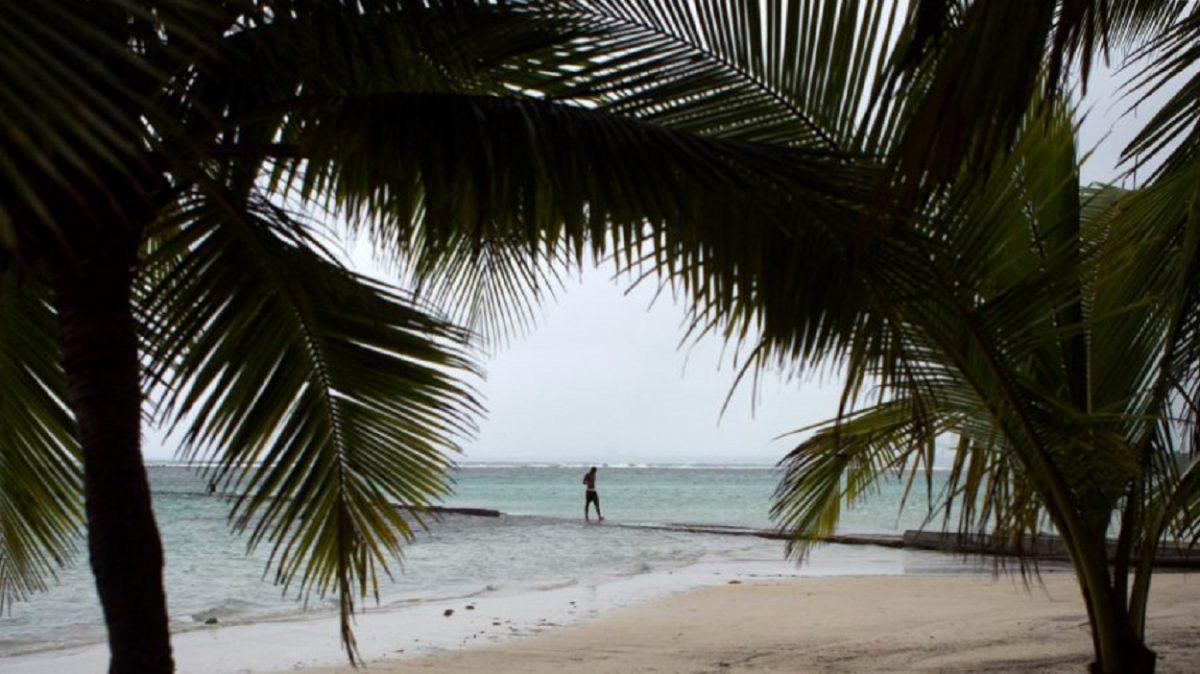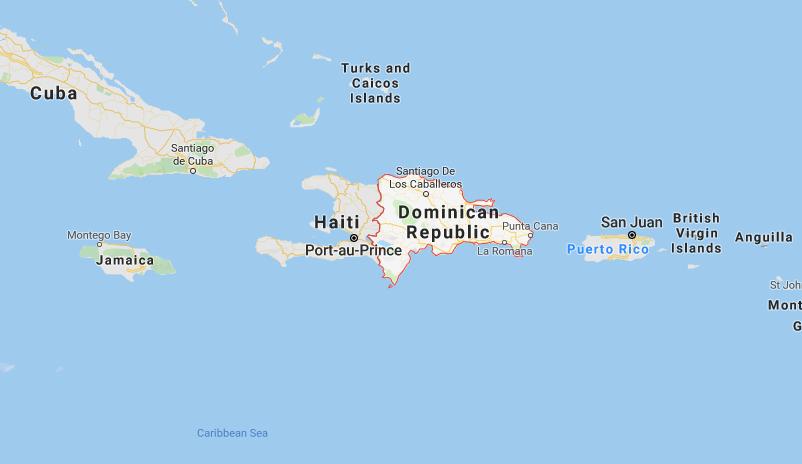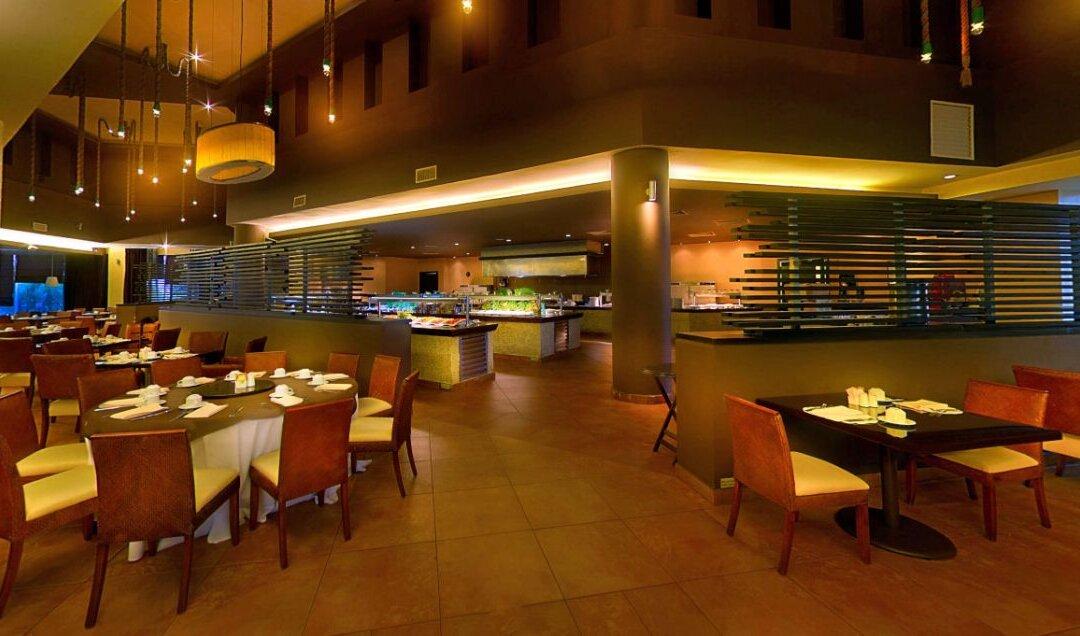At least 12 Americans have died in the Dominican Republic over the past year in suspicious circumstances, prompting international focus on the country as investigators try to find any links between the deaths as well as the causes.
Autopsies for some of the victims have indicated heart attacks and pulmonary edema, or fluid build-up in the lungs. Several victims have been found dead in their hotel rooms while others were with a loved one when they imbibed from the minibar in their rooms before collapsing.
The suspicious deaths started in June 2018 and have continued into June 2019.
American investigators are assisting Dominican authorities in the probe. The U.S. Embassy said there are no established connections between the deaths, but three possible causes have emerged.

Bootleg Liquor
One possible source of at least some of the deaths—many of the victims were drinking alcohol shortly before dying—is bootleg liquor or another form of counterfeit alcohol.“Officials want to know who supplied the alcoholic beverages the victims drank in the minutes and hours before their deaths over the past year—and if the drinks had any dangerous chemicals in them,” the Post reported. The FBI was involved and was planning to take samples of blood from the victims to labs in Quantico.
Panettieri Jr., the Rutgers doctor, told People that “It is possible for drinks from the minibar to contain a toxin.”
In one case, 41-year-old Pennsylvania resident Miranda Schaup-Werner collapsed after drinking alcohol she got from her room at Luxury Bahia Principe Bouganville.
The theory is not only supported by how many people died after drinking but by stories of people who survived violent illnesses while on vacation in the tourist destination.
Awilda Montes, a New York resident, said that she was on vacation at the same hotel when she went to the minibar and grabbed a 7UP bottle. She was suspicious of the contents but still took a swig.
She said that spitting it out saved her life.

Contaminated Food or Water
Two separate groups of tourists became sick after eating at the same restaurant, pointing to the possibility of contaminated food or water being a source of some of the illnesses—and, potentially, some of the deaths.After Martin was treated at a local hospital, they left the country.
They weren’t sure of the source of the illnesses, though one parent noted that everyone who got sick ate at the restaurant.
And an older traveler from Florida said he got so sick during a recent trip to the country that he lost 14 pounds.

Poisoning
Potentially related to one or both of the two aforementioned possible causes, several doctors have noted the symptoms displayed by the victims suggest they’re being poisoned.He added that it is still difficult to pinpoint exactly what caused the deaths of the tourists. The exact reasons will only be clear when toxicology reports are available.
“It’s rare for travelers to die of unknown causes like this, and to have a high number of them in a relatively short period of time is alarming, shocking, sad,” Dr. Inglesby said. “It’s something that investigators should be able to get to the bottom of.”
“It most likely indicates that there was some type of lung injury that led to basically leaking of the fluid on portions of the lungs that should be filled with air. When that happens, people don’t get enough oxygen and can die," Dr. Robert Shesser, chair of the department of emergency medicine at George Washington University, told the broadcaster.
“Anything that decreases the amount of oxygen could lead to leakage in the lungs. The way carbon monoxide works is it basically poisons the cells, so even though there is enough oxygen around, it’s not being used properly.”





